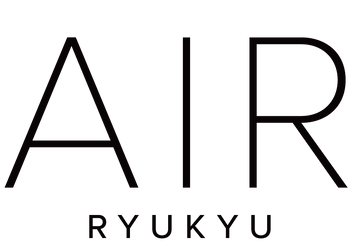Exhibition location: Sōtetsu building
Title: Untitled (Noren, Detached room)
2024 | Cotton, Indigo (Noren), Cedar (Detached room)
The noren curtains dyed using the traditional Amami Oshima craft of "mud dyeing (indigo dyeing)" and the detached building “Hanare” with sauna made by shrine carpenter(Miyadaiku).
Mud dyeing, one of the many processes in the creation of Oshima Tsumugi, is a natural dyeing technique that is only practiced on Amami Oshima, the only place in the world where it is practiced. It began as far back as the Nara period and has a long history of over 1,300 years.
Mud dyeing is only possible with the mud from ancient strata that is rich in iron, the tannin-rich wheel plum trees that grow in the harsh environment, and the warm climate of Amami Oshima. The reason it is only practiced on Amami Oshima in the world has to do with the island's unique natural environment.
Dye artist: Takahito Kanmura (Kanmura Dyeing)
Originating from the Naon of Yamato Village, Amami Oshima. He trained as a mud dyeing craftsman of authentic Amami Oshima Tsumugi in northern Amami and established the Kanmura Dyeing Studio. He uses dyes made from plants collected in Yamato Village, where he was born and raised.
Artist (Shrine carpenter): Naotaka Saito
After his experience as Yakuza, he became a shrine carpenter, working on the construction of shrines, temples across the country. He lives in two locations: Amami Oshima and Kanagawa Prefecture.
[Main buildings worked on in the past]
Shirahige Shrine (Tokyo), Daikyuji Temple (Hokkaido), Renjoji Temple (Ibaraki), Asakusa Shrine (Tokyo), Ryuanji Temple (Amami Oshima), Jorakuji Temple (Tokyo), Daioji Temple (Saitama), Honjoji Temple (Akita) , Shinmeigu Kaguraden (Tokyo)








